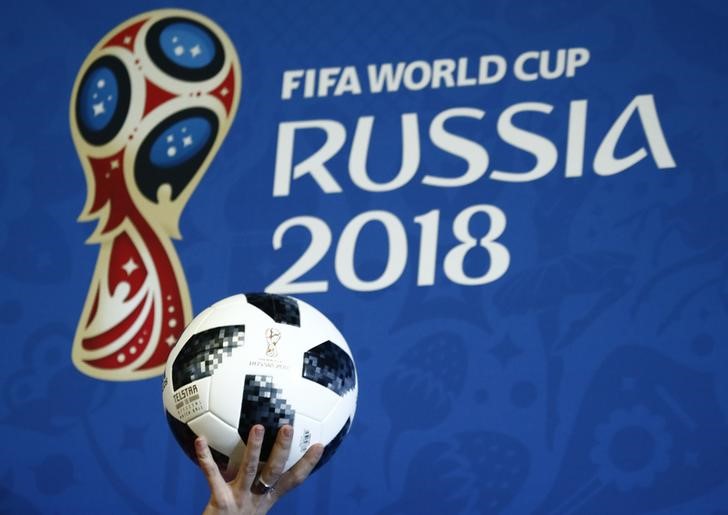
Restaurants may not be feeling the love this Valentine’s Day.
While diners tend to spend more money on the heart-filled holiday, just how much could depend on what day of the week it falls on.
“It’s way better to have it on a Friday or Saturday,” Bonnie Riggs, an NPD Group analyst, told CNBC. “When it falls during the middle of the week, I don’t think operators make as much. They aren’t as busy as they would be if it was on a weekend.”
According to NPD Group’s Checkout Analytics, diners spent more on Valentine’s Day dinner in 2016 when the holiday fell on the Sunday before President’s Day than when it fell on a Tuesday in 2017.
Checkout pulls data from more than 50,000 U.S. consumers who submit photos of their receipts to NPD. Riggs says that 70 percent of participants have been with the service since it launched in 2014.
Consumers who ate out at fine dining locations on Valentine’s Day in 2016 spent an average of $164.44, almost $40 more than those that dined at these locations in 2017.
Casual dining chains, like Outback Steakhouse and Red Lobster, saw an average check of just over $50 in 2016 and of $43.60 in 2017.
At mid-tier casual dining chains, restaurants like Cracker Barrel, IHOP and Denny’s, customers spent an average of about $32 in 2016 and just over $22 in 2017.
The gap between 2016 and 2017 at fast casual restaurants like Chipotle and Panera Bread was a lot more narrow. In 2016, diners spent $17 and in 2017 they spent a little over $13.
Quick-service chains like McDonald’s and Taco Bell were the only restaurants to have a higher check average on Valentine’s Day in 2017. In 2016, folks on average spent $11.12. In 2017, they spent $11.16.
Riggs said that the disparity between the two dates could have a lot to do with whether or not couples with children were able to get away on a week night for a Valentine’s dinner. She said that many families could opt to have a family dinner instead of couples dinner if Valentine’s day falls on a weekday and they cannot get a sitter.
It’s also likely that alcohol sales are also lower on Valentine’s Days that occur on a weekday, as couples with early morning responsibilities aren’t likely to overindulge on the bubbly to commemorate the occasion, she said.
“Historically, we’ve seen that if Valentine’s Day falls on Friday, Saturday or Sunday, the volume of seated diners on previous weekend is typically not elevated,” Caroline Potter, chief dining officer at OpenTable, told CNBC. “However, the whole weekend of Valentine’s Day (Friday through Monday) is typically elevated by about 80 percent from an average non-holiday weekend.”
While a weekday Valentine’s Day may not bring in quite the same amount of money, it’s still one of the strongest days of foot traffic for restaurants.
In fact, the volume of seated diners on a Wednesday Valentine’s Day has been 250 to 300 percent higher than that of an average weekday, according to data from OpenTable.
“The weekends preceding and following Valentine’s Day typically experience seated diner volume that is about 15 percent higher than an average, non-holiday weekend,” Potter said.
So, restaurants could garner more sales from diners that celebrate before or after the holiday when it falls on a weekday.

